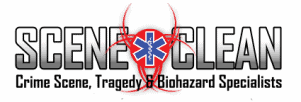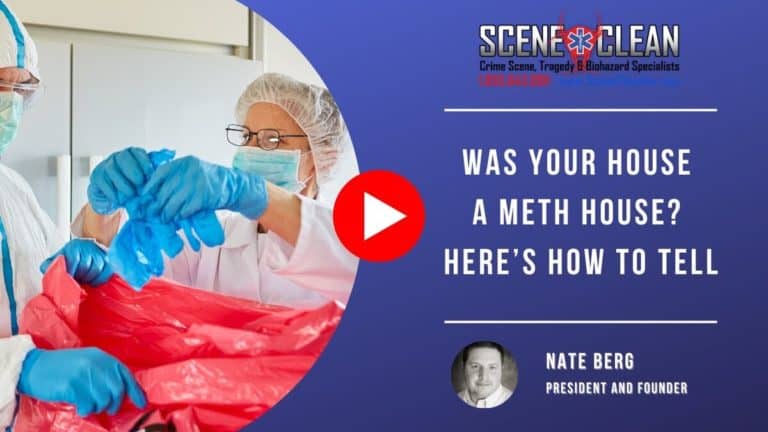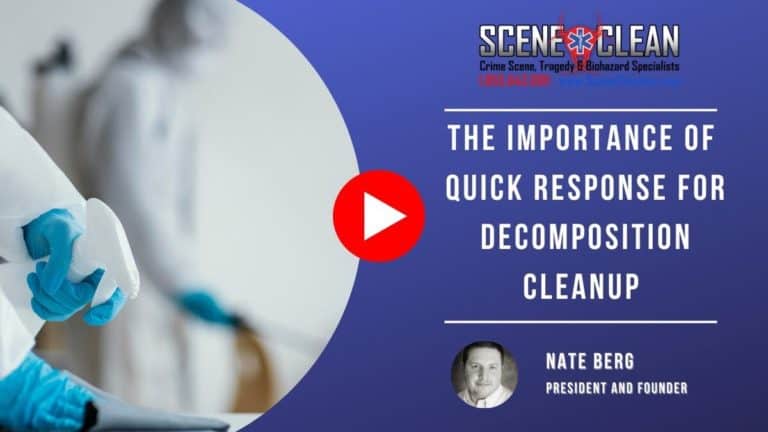Methamphetamine, commonly known as meth, is a powerful stimulant that can be consumed through various methods, including smoking and cooking. These practices not only influence the user’s experience but also have significant consequences for the contamination of the surrounding environment. Understanding the distinction between smoking and cooking meth is critical for accurately assessing contamination levels and devising specific remediation strategies to safeguard the health and safety of those in affected spaces. In this blog, we’ll take a look at some of the most contaminated surfaces after someone smokes or cooks meth.
Exploring Meth Contamination: Smoking vs. Cooking

Methamphetamine, commonly referred to as meth, is a powerful and highly addictive stimulant that individuals consume through a variety of methods, including smoking and cooking. These different modes of ingestion not only affect the user’s experience but also have distinct implications for the spread of contamination in the surrounding environment. Understanding these differences is paramount, as it enables us to accurately assess contamination levels and implement tailored remediation strategies to ensure the safety and well-being of occupants and spaces affected by methamphetamine use.
Smoking vs. Cooking Meth: What’s the Difference?
In the realm of methamphetamine use, individuals have two primary methods of consumption: smoking or cooking the drug. Smoking involves the heating of methamphetamine, transforming it into vapors that users then inhale, while cooking meth entails a more complex process of synthesizing the drug using an array of chemicals and specialized equipment. The method of consumption not only dictates the user experience but also profoundly influences the spread of contamination within a space. Understanding these distinct consumption methods is crucial for comprehending the nuances of contamination distribution and implementing effective remediation strategies tailored to each scenario.
Contamination Spread: Smoke vs. Residue
The most contaminated surfaces in environments where meth is used are determined by whether someone is smoking or cooking the drug. Smoking typically leads to contamination of surfaces such as walls and metallic objects near the ceiling, as the smoke rises. If an individual was smoking meth in a car, the smell can also be very challenging to remove. On the other hand, cooking meth results in contamination of surfaces like kitchen counters, appliances, and floors, as the residue settles downwards.
Understanding Ventilation: A Crucial Factor
Ventilation plays a vital role in mitigating meth contamination. When smoking meth, the smoke tends to rise and spread throughout the room, affecting surfaces near the ceiling and ventilation systems. In contrast, cooking meth often occurs in areas with ventilation, such as kitchens or garages, which can help disperse chemical fumes and reduce surface contamination.
Full Remediation: Necessary Steps
Regardless of whether an individual smokes or cooks meth, full remediation is crucial to ensure the safety of the affected environment. This process involves thorough cleaning and decontamination of all surfaces, from top to bottom. Professional drug remediation services may be necessary to effectively remove meth residue and restore the space to a safe condition.
In Summary

Whether someone smokes or cooks meth, it can impact the spread of contamination within a space. Understanding these differences is essential for implementing effective remediation strategies and ensuring the safety of occupants. By addressing contamination promptly and thoroughly, individuals can mitigate the harmful effects of methamphetamine use on their environment and well-being. If you need professional assistance with methamphetamine remediation, don’t hesitate to contact Scene Clean today.






